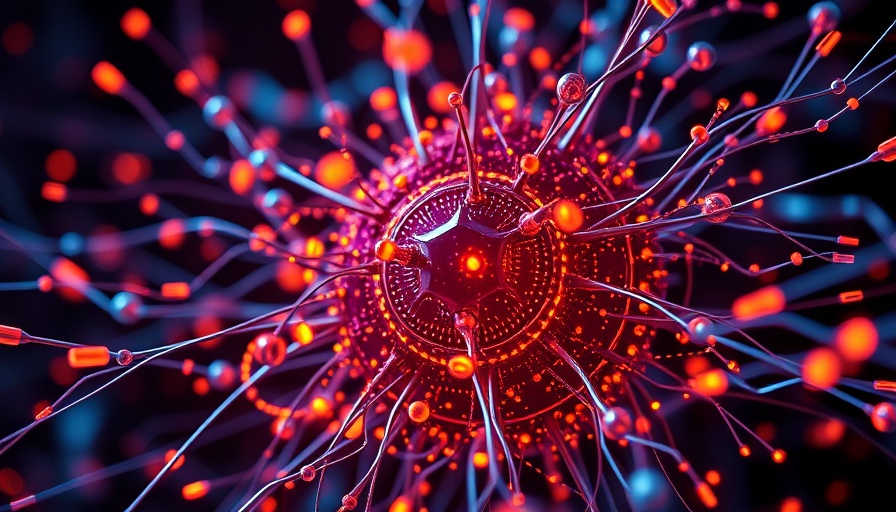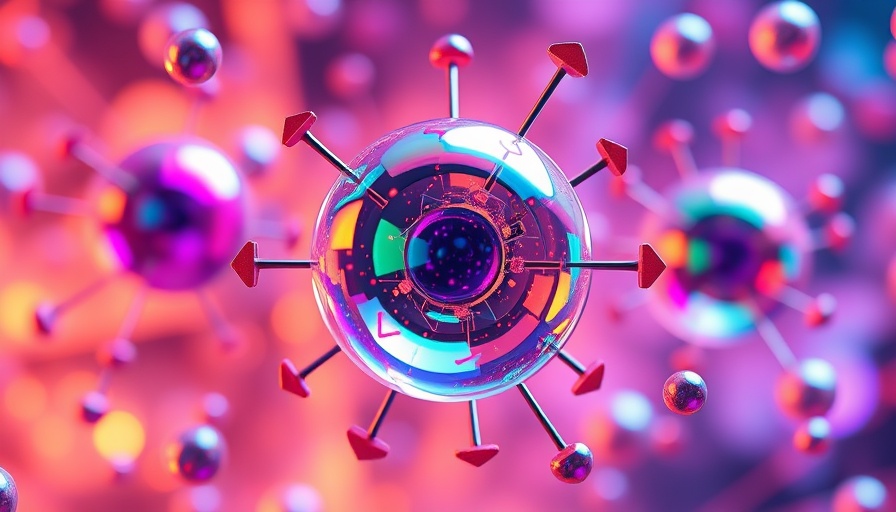
Revolutionizing Data Storage with Crystals
Researchers at the University of Chicago have made significant strides in the realm of data storage, developing a technique that allows terabytes of information to be condensed into a crystal just one millimeter in size. This breakthrough hinges on the innovative use of atomic defects within crystal structures, transforming how we think about classical computing.
Understanding the Basics of Binary Storage
From early computing methods to today’s digital age, the concept of binary data—represented by '1's and '0's—remains foundational. Traditionally, the physical size of components has limited how much data can be stored. However, the latest findings reveal that a single defect, akin to missing atoms, can now define a memory cell, allowing data to be densely packed in smaller spaces than ever before.
The Intersection of Quantum and Classical Technologies
This advancement is not merely a theoretical exploration; it's a practical application of interdisciplinary research that fuses principles from quantum mechanics with classical memory techniques. Led by assistant professor Tian Zhong, the research team’s work links their study of solid-state physics to enhancements in classical, non-volatile memory systems.
A Glimpse into Future Technologies
The introduction of rare earth elements, particularly praseodymium ions, into yttrium oxide crystals forms the basis of this new storage method. By stimulating these elements with ultraviolet light, the researchers effectively manipulate the charged states of defects within the crystal, coding them as bits of information—this layered technique may define the future of ultra-compact data storage.
The Implications for the Tech Industry
As the demand for expansive and efficient data storage continues to surge, innovations like these pose compelling solutions for tech industries facing the challenges of data explosion. Storing vast volumes of data in the size of a grain of rice could unlock new horizons for personal electronics, cloud storage, and beyond.
In conclusion, the merging of quantum ideas with classical data storage showcases the potential for groundbreaking advancements in technology, leading us towards a more compact and efficient future. These ongoing developments remind us of the possibilities in interdisciplinary approaches in new tech areas, particularly in quantum computing.
 Add Row
Add Row  Add
Add 




Write A Comment